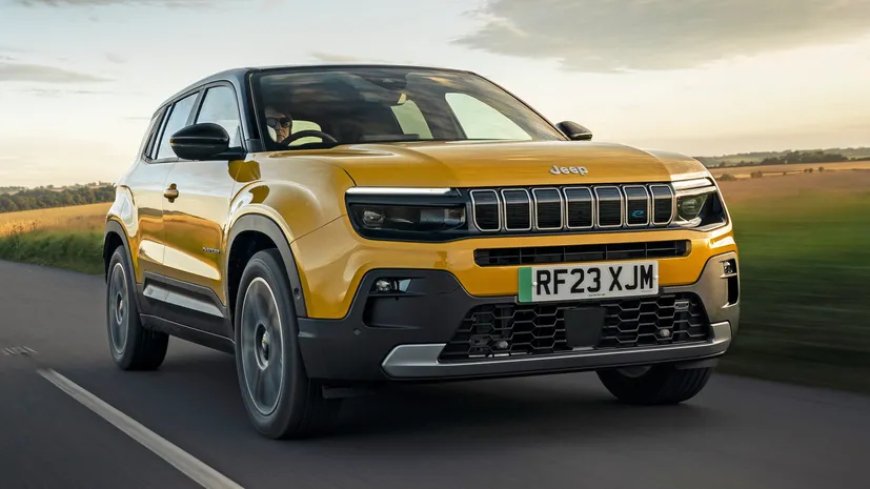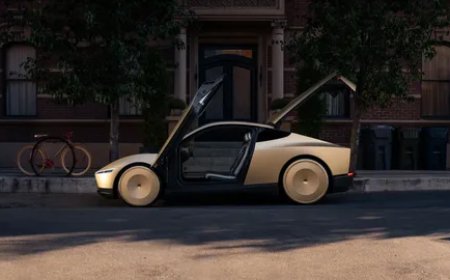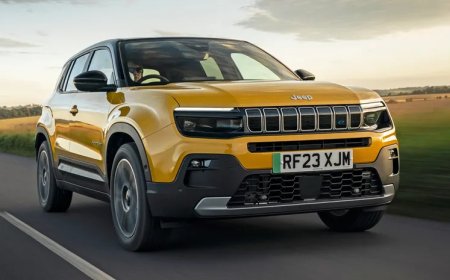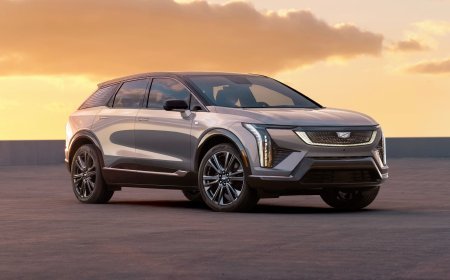Too Small for the States: Why the Jeep Avenger Is Shut Out of the U.S. Market

The Jeep Avenger EV, an undeniable success story in Europe—even winning the 2023 European Car of the Year award—is conspicuously absent from American dealerships. Despite the Jeep brand’s global status, and the growing demand for electric vehicles stateside, the smallest electric Jeep in the lineup is being intentionally withheld. The decision is rooted in a fundamental disconnect between the vehicle’s design and the unique preferences, regulations, and market conditions of North America. It all boils down to a simple, yet overriding factor: the Avenger is deemed too small for the American consumer.
Dimensional Disparity and Market Size Preference
The primary hurdle for the Avenger is its diminutive size. The subcompact crossover measures just over 4.08 meters (roughly 13.4 feet) in length. To put that into perspective, the Avenger is almost half a foot shorter than the Jeep Renegade, which itself was the brand's smallest model sold in the U.S. before its discontinuation. In the American market, consumers have consistently demonstrated a preference for larger vehicles, favoring spacious cabins, ample cargo volume, and extended range capabilities.
Jeep executives have been clear about this sizing problem, explaining there simply isn't enough market potential to justify importing a vehicle that is built for the crowded, narrow streets and urban commuting needs of European cities. While small EVs thrive in Europe—where over 50% of BEVs sold are small or medium-sized—U.S. buyers predominantly demand larger models. The Avenger’s 54 kWh battery pack and associated range, which is perfectly adequate for the European driving cycle, may also be perceived as insufficient for the vast distances and highway travel common across the United States.
Platform Challenges and Production Logistics
Beyond consumer taste, the technical and logistical blueprint of the Avenger creates substantial barriers to a U.S. launch. The vehicle is built on the Stellantis Common Modular Platform (CMP), which was primarily engineered for European markets and shared with other small vehicles like the Peugeot e-2008 and Fiat 600e. This platform was never intended for North American regulations.
Modifying the CMP to meet stringent U.S. crash-testing, safety, and regulatory standards would require a significant, and potentially unrecoverable, investment in re-engineering. Furthermore, the Avenger is manufactured at a Stellantis plant in Tychy, Poland. Importing a relatively low-priced, entry-level EV built in Poland across the Atlantic presents a difficult business case due to logistics, shipping costs, and tariffs, which would ultimately inflate the Avenger's price beyond its competitive sweet spot.
Jeep’s Focused EV Strategy for North America
Instead of adapting the Avenger, Jeep is concentrating its electrification efforts in the U.S. on models that align with American expectations of size, performance, and rugged capability. The brand's strategy includes larger, more powerful EVs designed specifically for the U.S. market, such as the upcoming Recon (a rugged, Wrangler-like EV) and the Wagoneer S (a premium, luxury-oriented EV).
These models are built on the larger, dedicated STLA platforms, and crucially, they are intended for domestic production. By prioritizing these models, Jeep avoids the market perception risk of introducing a small, front-wheel-drive-only EV that might dilute the brand's image of ruggedness and powerful performance. For now, the successful European Avenger remains a clear example of how deeply different global auto markets remain.
What's Your Reaction?
 Like
0
Like
0
 Dislike
0
Dislike
0
 Love
0
Love
0
 Funny
0
Funny
0
 Angry
0
Angry
0
 Sad
0
Sad
0
 Wow
0
Wow
0































